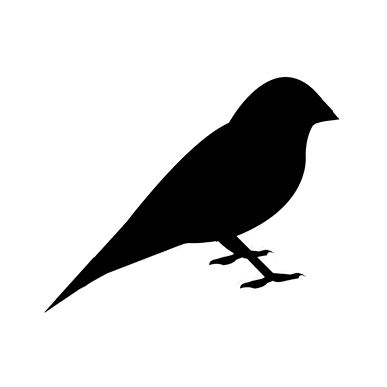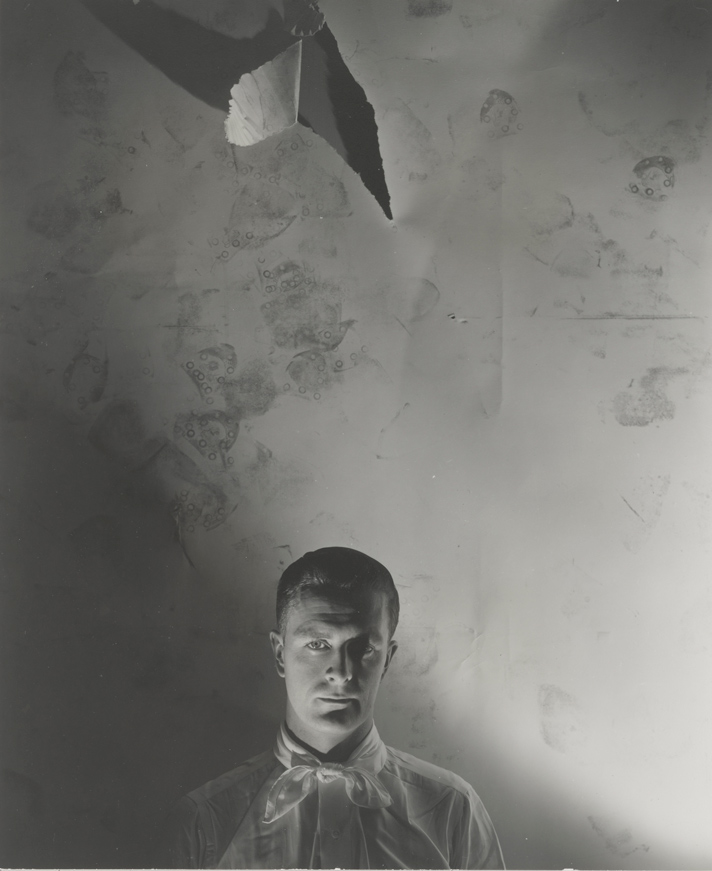Surface Tension
Andrea P. Rosen

The photograph that clicked the theme of this exhibition† into place for me was George Platt Lynes’ Portrait of Thomas Bacon. Despite the unusual composition—the portrait subject appears only in the lower third, counterbalanced in the top third by what appears to be a tear in the room’s wallpaper—it was the marks in the center of the photograph that intrigued me most. I had been looking at photographs that had been technically manipulated, and the marks seemed to sit on the surface in a way that at first led me to believe they were the product of such a manipulation. But looking at their shape—a closed horseshoe, ringed along its edges by small circles—I realized that they were actually the marks of a boot-heel. The paper behind Bacon was not wallpaper; it was probably a studio photographer’s backdrop that had once lain on the floor. Suddenly a space opened up behind that paper, a space — who knows how wide — between the paper and the wall — inaccessible but hinted at by the tear. It occurred to me that this photograph was built up of discrete layers: the wall, the space, the paper, the marks, and so on. Even the gelatin silver print itself is made of layers, the photographic paper and three chemical coatings.
© Estate of George Platt Lynes. Courtesy of Bowdoin College Museum of Art, Brunswick, ME.

Courtesy of Bowdoin College Museum of Art, Brunswick, ME
Suddenly, I started to see this kind of layering in all the surrealist photographs I was considering for the exhibition. There is often a literal layering, a use of veils or screens to partially or completely obscure the subject. The technical manipulations surrealist photographers frequently used, such as photograms, multiple exposure, and solarization, are another kind of layering. Such layering can even be metaphorical, as in the way meaning gets layered onto a seemingly straightforward image when viewed in a surrealist context. The layering is a way to generate visual enigmas, to provoke questions with no answers. This captivates the viewer, engaging them in an exploration that takes them under the surface, where they must sift through the veils that conceal and reveal the mysteries of the surrealist photograph.

Cover: George Platt Lynes, Portrait of Thomas Bacon, c. 1938 (Detail). © Estate of George Platt Lynes. Courtesy of Bowdoin College Museum of Art.

